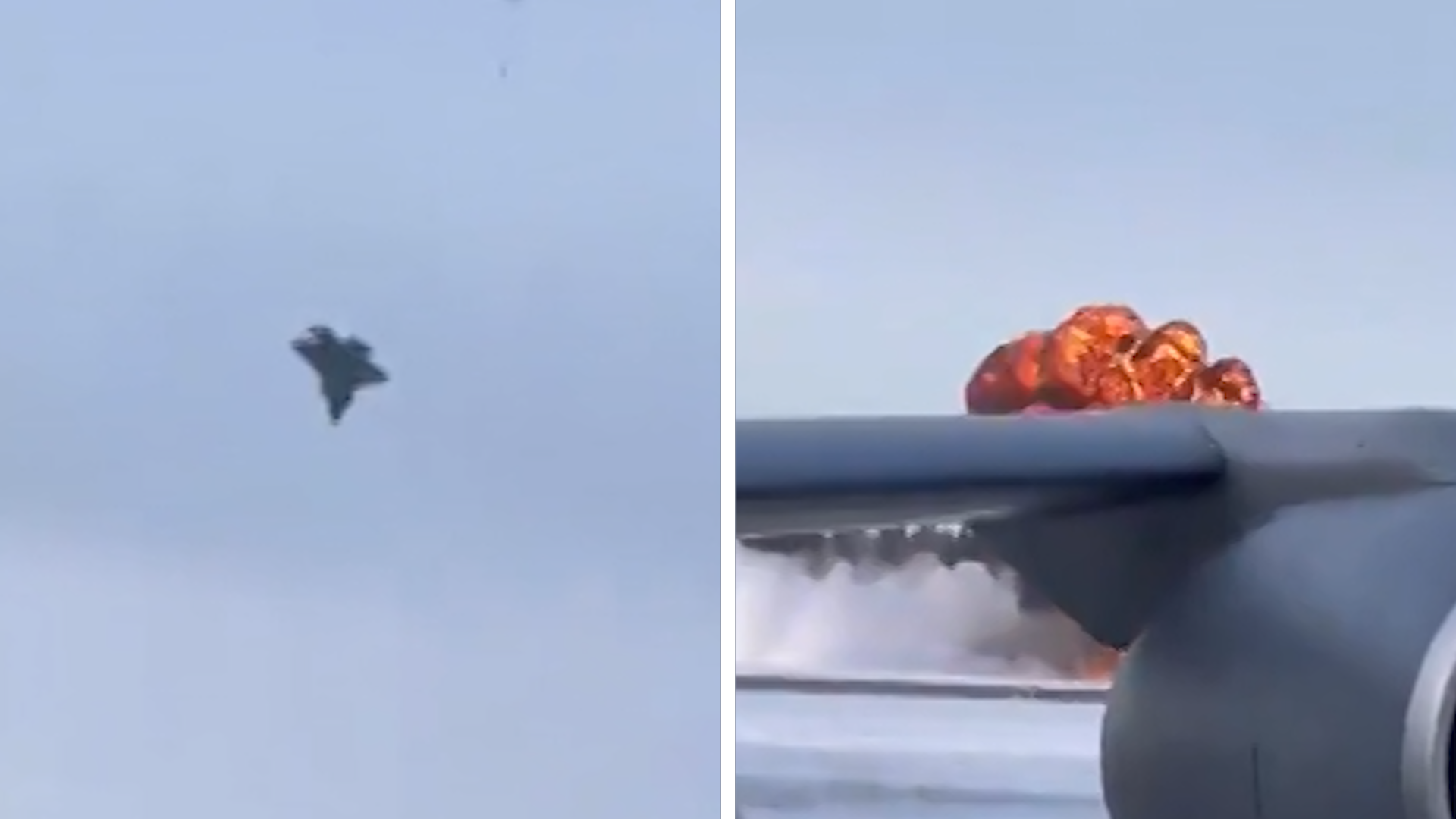A $200 million F-35 fighter jet crashed at Eielson Air Force Base, Alaska on January 28 after its pilot spent nearly an hour on an airborne conference call with Lockheed Martin engineers trying to resolve a landing gear malfunction, according to a newly released U.S. Air Force accident report.
The pilot, who escaped with only minor injuries after ejecting seconds before the crash, encountered problems retracting the landing gear shortly after takeoff. When he attempted to lower them again, the nose wheel locked at an angle. Troubleshooting attempts triggered a cascade of system errors, with the jet mistakenly switching into “ground-operation mode” midair.
50-Minute Call With Engineers
Unable to resolve the fault through checklists, the pilot joined a 50-minute in-flight call with five Lockheed engineers, including landing gear and software specialists. On their advice, he attempted two “touch-and-go” manoeuvres to realign the gear. Instead, both main landing gears seized, making the aircraft uncontrollable and forcing ejection.
Ice in Hydraulic System
Post-crash inspection revealed water contamination in the hydraulic fluid, which froze in sub-zero temperatures and blocked gear deployment. A similar icing issue was reported in another F-35 at the same base just nine days later, though that jet landed safely.
Cold-Weather Warning Ignored
Investigators noted Lockheed had issued a maintenance bulletin in April 2024 warning that extreme cold could compromise hydraulic systems. Had engineers referenced the advisory during the call, the report said, they might have recommended an immediate landing or controlled ejection rather than the second manoeuvre that worsened the failure.
The incident highlights ongoing concerns about the F-35’s performance in extreme climates and raises questions over whether maintenance protocols and cold-weather advisories are being adequately followed.













